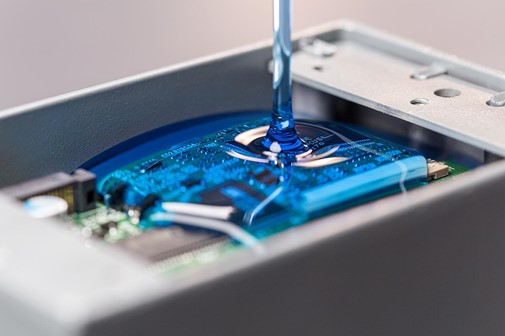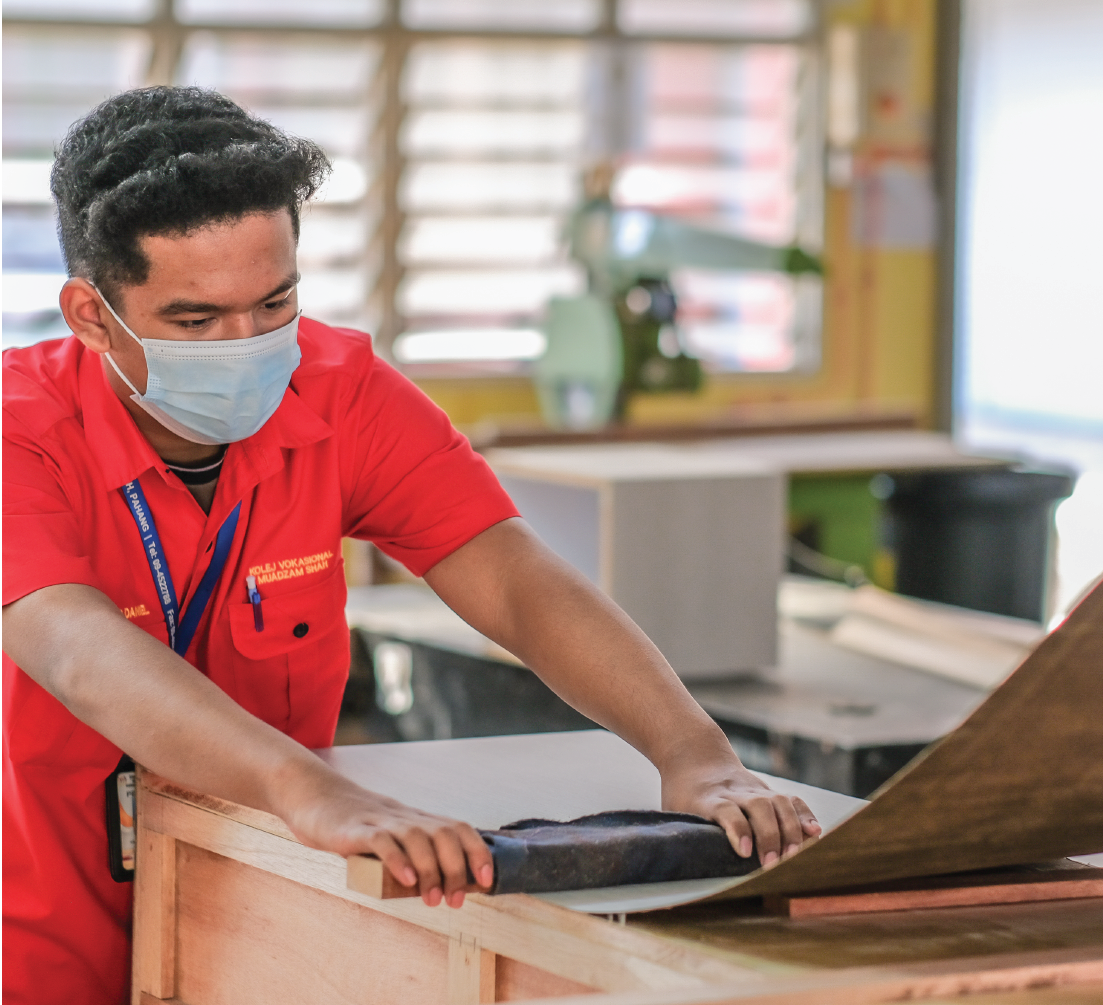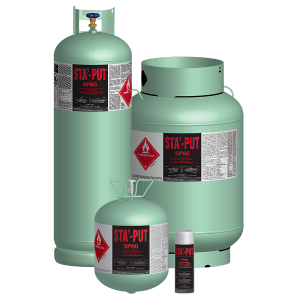
How to Choose a Potting & Encapsulating Material

Electronics manufacturers that fabricate LEDs and other components need a way to protect parts. But the potting compound you use has a significant impact on the parts you fabricate. In this post, we break down the traits of the three major potting compounds to make your selection easier.
Potting materials are liquid resins that flow over a circuit board to protect the electronic components on the board. Certain devices and components are potted in order to protect them from water, heat, vibration, impact, and the elements.
There are three common types of potting materials, each providing unique benefits and drawbacks.
Types of Potting Materials
Epoxy & Urethane
Epoxy and Urethane are the most common materials fabricators use for potting electronics. They’re very hard, offering a great deal of protection to the electronics they cover. Urethanes have a temperature tolerance of 180°F, while Epoxies can typically tolerate up to 250°F depending on the specific product used.
Epoxies and urethanes also provide strong adhesion to components, making them very difficult to remove. And because they’re tough to remove, they protect your intellectual property from competitors seeking to reverse engineer products already on the market.
But while the strength and adhesion of these materials offer strong benefits, they also lead to traits that can make them difficult to work with.
The most problematic is that you can’t remove the potting once applied. This makes repairs impossible, meaning you have to scrap a part every time it needs a repair.
Another major issue is that these materials can damage sensitive components.
Epoxies and urethanes also exotherm, producing heat as they cure. This heat can reach 200 to 300°F, which can damage LEDs and other components.
And if the extreme temperatures don’t cause problems, the hard materials can break fine wire connections during the curing process. The material creates pressure from shrinkage and thermal expansion differences but is too rigid to release the tension.
For engineering and manufacturers working with sensitive components, these drawbacks complicate the manufacturing process while driving up costs. You need a way to conduct repairs and prevent damage to components while providing sufficient protection. To solve this problem, many manufacturers are turning to silicone potting materials.
Silicone
Silicone-based polymer potting compounds offer a unique set of characteristics. Electronics fabricators are increasingly turning to silicone for the ease and benefits it offers over epoxies and urethanes – specifically in the following key areas.
Repairability
Silicone is easy to remove from any part. Even ones with the hardest material chemistries. This means you can repair every part that passes through your shop without making compromises to structural integrity.
Temperature Resistance
Modern components used in circuit boards are getting hotter, and often create temperatures that exceed the heat tolerance of epoxy and urethane. Silicone offers a wider temperature tolerance, safely handling conditions as cold as -50°F and as high as 400°F.
UV Resistance
In some applications, electronic devices and components may be exposed to direct sunlight. Silicone offers UV resistance, preventing the kind of cracking or yellowing that other materials experience under the same conditions.
Color Temperature
Color temperature is a critical characteristic of LED lights. But the color of the end product is affected by the material you use to pot the hardware. And many potting materials will tint or distort this color.
In contrast, silicone is non-yellowing, and it’s also available in optically-clear chemistries. This helps you ensure the lights’ color temperature stays true over time.
Ease of Assembly
Silicone potting flows into compounds with a fluid-like viscosity. This allows you to easily pot components that other materials would require great effort to reach.
No Shrinkage
Epoxy and urethane shrink when they cure. This requires fabricators to overfill the potting, or conduct the process twice. In contrast, silicone has almost no shrinkage as it cures. This saves you time by eliminating extra preparation and application steps.
Health and Safety
The potting materials you use in your parts have a significant impact on the health and safety of the people who use them.
Urethane products contain harmful isocyanates, which are known to irritate eyes and digestive tracts, trigger asthma attacks, and cause skin inflammation.
And although epoxy is generally considered non-hazardous during transportation, it can cause skin irritation.
In contrast, silicone is much safer to end-users, making it a useful material for engineers who want to avoid compliance or labor issues. In environments where health and safety are a huge concern, having the most worker-friendly product possible is critical. That’s why silicone is so frequently used in medical devices.
Adhesion
The only drawback of working with silicone is that certain types of encapsulants require primer for adhesion, which epoxy and urethane don’t require. But remember, this can also be a benefit in many cases. Lighter adhesion lets you repair your parts in a way that other compounds prohibit.

Selecting a Potting Product
Once you have decided on an epoxy, urethane, or silicone potting material, you’ll need to select a specific product for the part you’re fabricating. Below are four important characteristics that you might want to take into consideration while selecting a potting compound for your application.
Hardness
Material hardness is a critical factor to consider. And depending on the application, you may want different levels of hardness.
Harder products offer better abrasion resistance, IP protection, and resistance to environmental factors. In contrast, softer-potting products make parts significantly easier to repair.
Epoxy and urethane hardness can go up to 80 D. Silicones can be as soft as 10A and as hard as 60A, and are measured on a different durometer scale.
Gel silicones are measured differently though, evaluating penetration instead of hardness.
Viscosity
Most potting compounds have a low viscosity, making them flowable and self-leveling. However, there may be situations where you need a higher viscosity to control the areas the resin spreads to.
Color
As we mentioned above, the color of the potting compound is a critical factor.
If the color and visibility of the component are important, you’ll need a product that allows you to create the right end color. But for IP protection, you’ll need a dark opaque color.
And in some cases – like LED encapsulation – you’ll need a compound that provides sufficient clarity or even an optically clear potting compound.
Thermal Conductivity
A key challenge in developing higher power density electronics is managing the heat generated by smaller, high-power devices. The choice of potting material is a critical part of solving that problem.
Potting with a high thermal conductivity rating allows the heat to dissipate from electronics that run hotter. Most silicone products provide good conductivity, but some epoxy and urethane compounds conduct heat as well. Some compounds have special fillers to improve or reduce thermal conductivity for specialized applications.
Conclusion
The choice of potting compound has a significant impact on the parts you produce. Working with the right material for each application can help fabricators save time and cut costs while improving the quality of their products.
Do you need assistance selecting the right potting material for your application?


